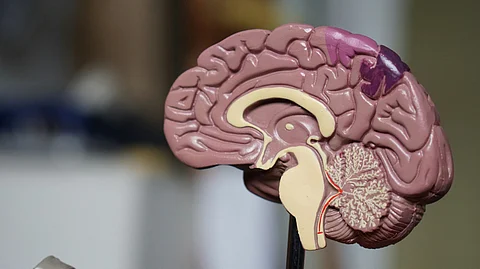What is a Stroke?
A stroke is a neurological emergency in which blood flow to a part of the brain is disrupted. This leads to oxygen and nutrient deprivation in brain cells, causing them to die rapidly. There are two primary types:
Ischemic Stroke
This is the most common type, accounting for about 80–90% of all strokes. It occurs when a blood vessel supplying the brain is blocked, typically due to a clot or atherosclerotic plaque.
Hemorrhagic Stroke
This happens when a blood vessel in the brain ruptures, leading to bleeding into the brain tissue. Causes include severely high blood pressure, head trauma, or vascular malformations.


